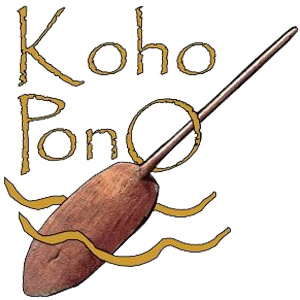Author & Audience Trends (Part two)
Category : Authors Dayna Says Storytellers Writers
PART TWO:
 One of the issues artists have always faced is: once an artist/craftsperson produces a work which is deemed acceptable, then there is great pressure to ‘keep doing that, more of that, and only that!’
Business tends to favor predictability and consistency. Therefore, business systems and processes tend to support (and pressure) consistent authors to create best-selling products in a self-reinforcing cycle. The good news is some authors become superstars and rich and celebraties and all they create earns money throughout the system.
The bad news is, people thoughtout the system learn to value the status quo and compete for this limited set of authors and their work. Other authors and work are ignored, dismissed, filtered out of the system as unacceptable (unless it can be packaged to compete directly with the status quo products).
And this is the main role of today’s publishing industry – to attract, collect and funnel  a few consistent, acceptable authors into the system and to filter out others. “There are too many submissions” “We need to focus on what will sell” “We are the guardians of quality”: these are common industry-related quotes I read every day at all levels of the publishing industry.
The industry has forgotten our bottom line: The author has a need to connect to their audience + audiences have a need to engage with important stories = This is the basis, the foundation, the genesis of our industry. It’s vital that we do not forget that.

